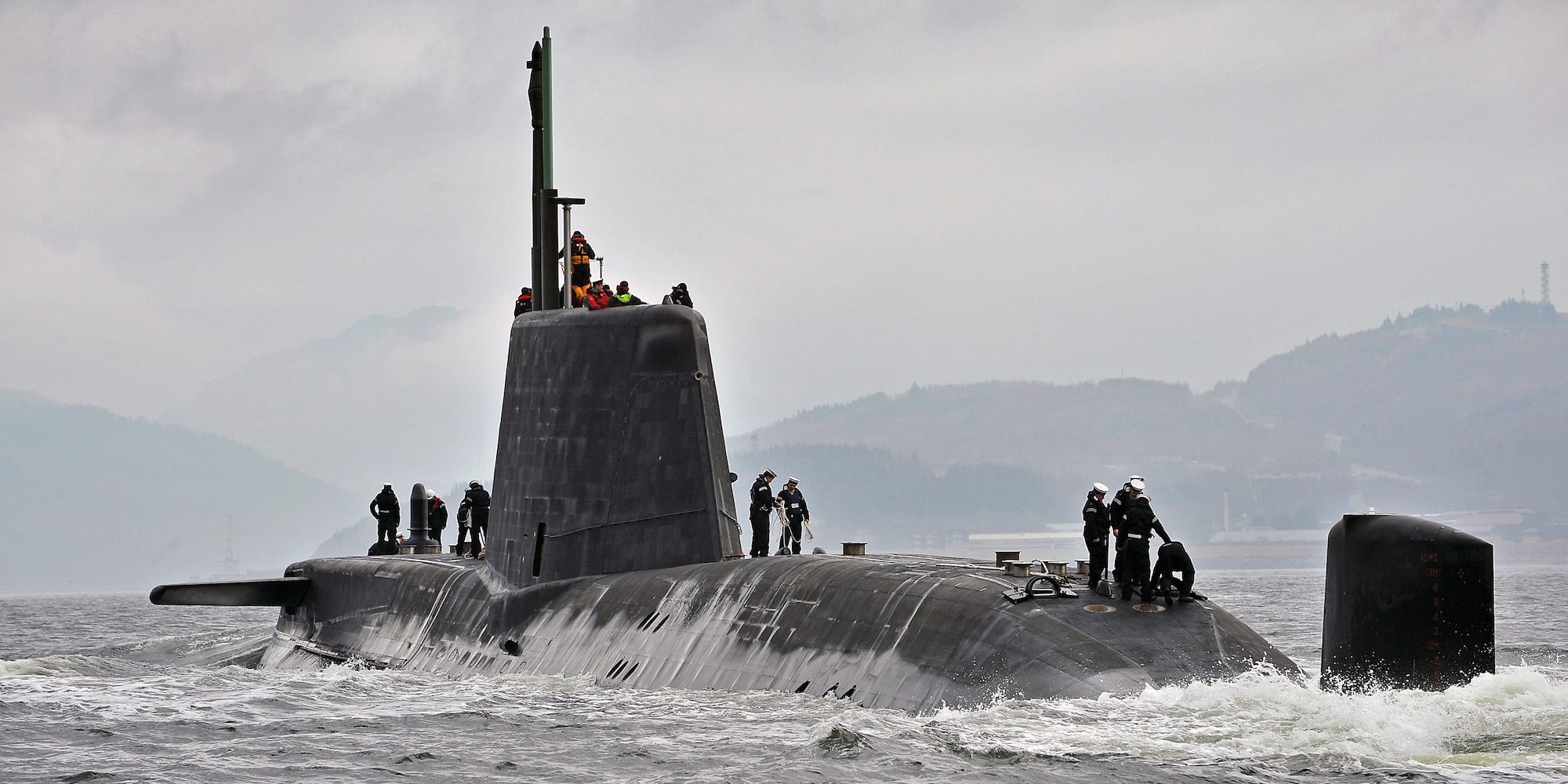
Royal Navy/LA(Phot) Paul Halliwell
- British Royal Navy officers face rigorous test before they are given command of a submarine.
- During the "Perisher," candidates have to show they can lead a team and remain calm under pressure.
- "You see people laid bare psychologically," an officer who passed the course told Insider.
British Royal Navy submarine officers typically have one major ambition: to have their commanding officer shake their hand and say, "Congratulations, captain."
The person hearing those words has spent more than a decade of their life on a submarine and has passed a notorious, months-long command course known as Perisher.
The name is a nod to the course's history, not its difficulty, according Capt. Iain Breckenridge, captain of submarine training at Her Majesty's Naval Base Clyde in Scotland.
When the submarine command course was launched at the end of World War I, it was known as the "Periscope School," because much of the training revolved around that key instrument.
Over time, the name was shortened to "Perisher," Breckenridge told Insider.
About 1,200 people have passed the course since then - Breckenridge, who joined the navy in 1984 and became a submariner in 1987, was the 1,088th when he completed Perisher in 1996.
"The driver from Day One when you join the submarine service [as a warfare officer] is, 'I want to get Perisher,'" he said.
The Perisher
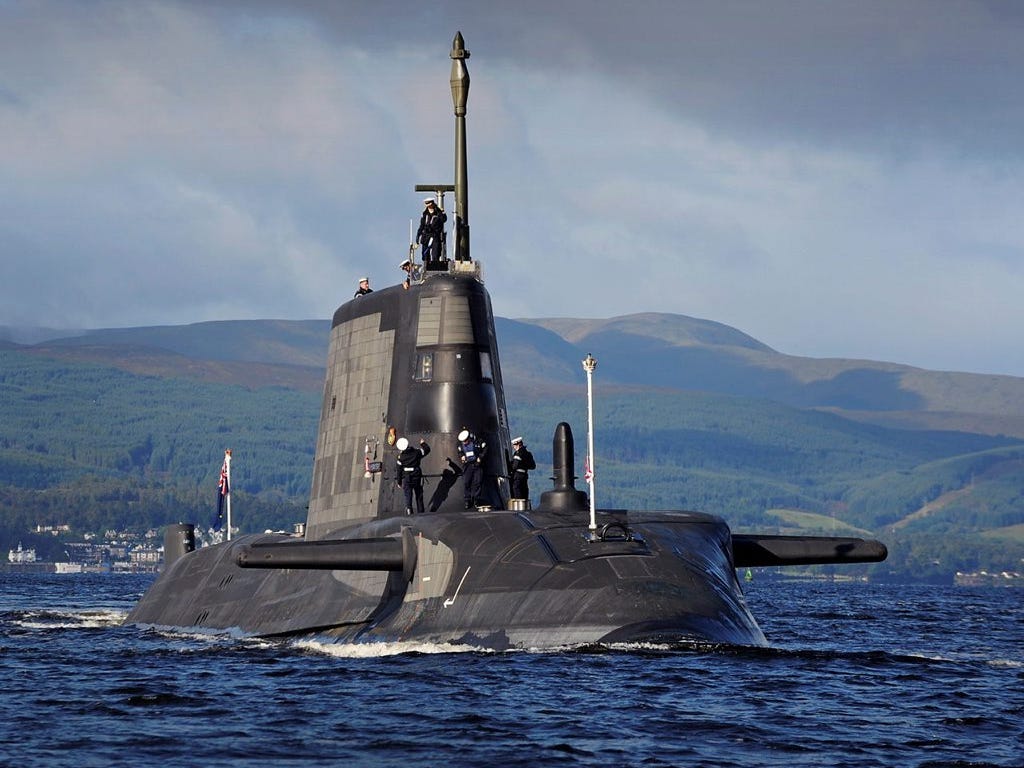
Royal Navy/LA(Phot) Stu Hill
The four-month test is offered about three times every two years, and evaluates a submariner's potential to command their own boat. Four to six officers typically participate in each cohort.
Much of it takes place in simulators at Naval Base Clyde, so that the teacher leading the course can put candidates through complicated scenarios with multiple ships and more easily raise the operational tempo, Breckenridge said.
Four weeks of the course are spent at sea aboard a nuclear-powered attack submarine in coordination with the UK's biannual Joint Warrior exercise, held east of Scotland.
"There's just enough units out there that we can use as adversaries that we can keep it busy for the students and give them a really good test," he said.
At sea, the teacher will gradually ramp up the pressure and step back bit by bit to allow the candidates to deal with the increased stress on their own.
What it takes
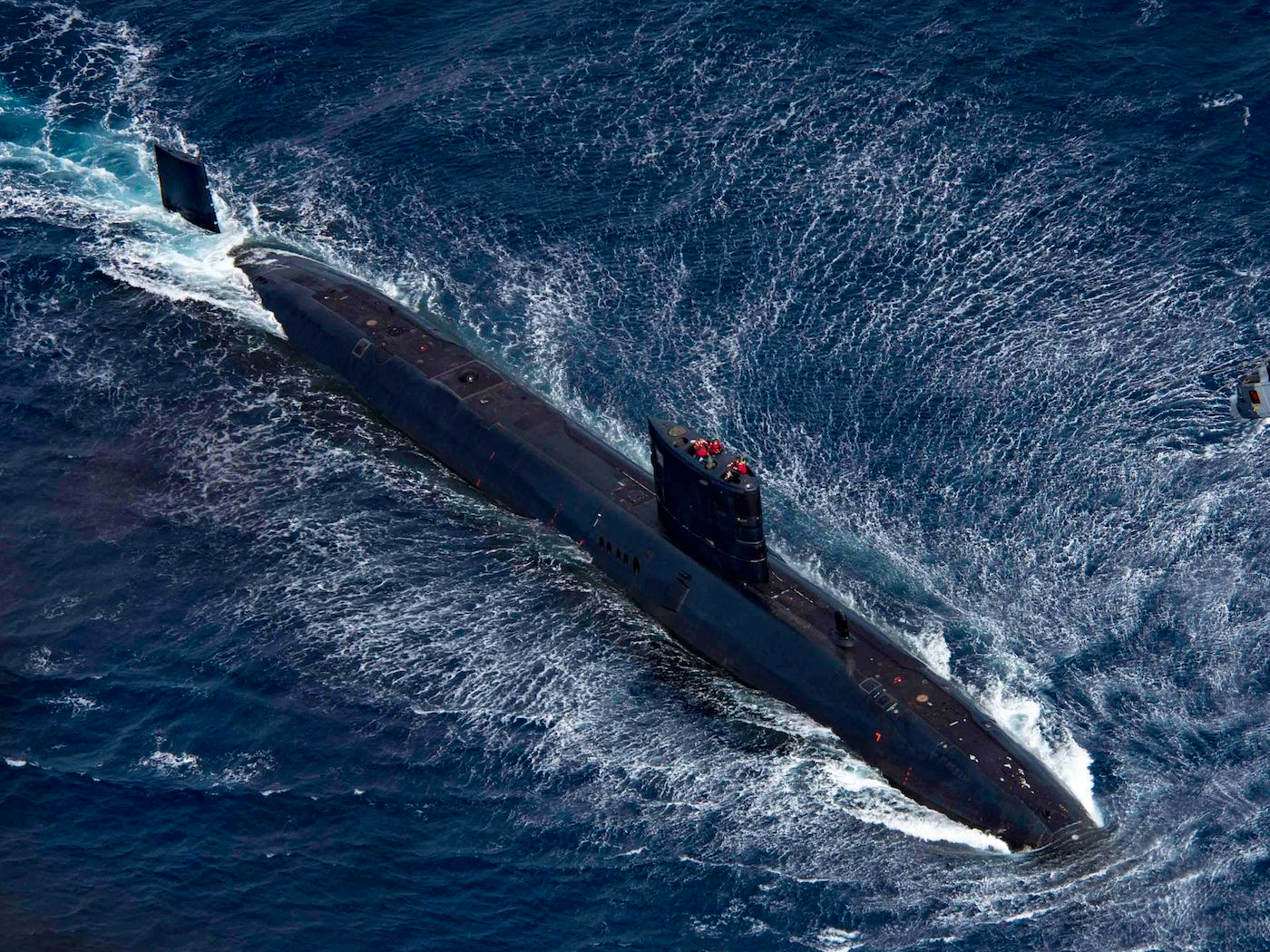
US Navy/MCS Seaman Zachary Wickline
A successful candidate must be more than capable of operating a submarine and have a deep knowledge of submarine systems and warfare tactics, Breckenridge said. They have to show they can lead a team and remain calm and clear under pressure.
Successful candidates must have "the ability to take the initiative, to proactively plan, [and] understand your own limits and those of your team," Breckenridge said. "A tired captain is not only a danger to himself - he's a danger to his shipmates."
Other attributes include the awareness to exploit an opportunity when it arises and the ability to remain comfortable in a situation where you don't have "the 100% solution."
The course was much more compressed during World War II, and the advent of new capabilities and weaponry, like the Tomahawk cruise missile, have led the British navy to develop more complex mission sets for candidates, but the qualities those candidates need to demonstrate during Perisher haven't changed much over the past century.
"Everything I said about pressure, command, leadership [is] fundamentally the same," Breckenridge said.
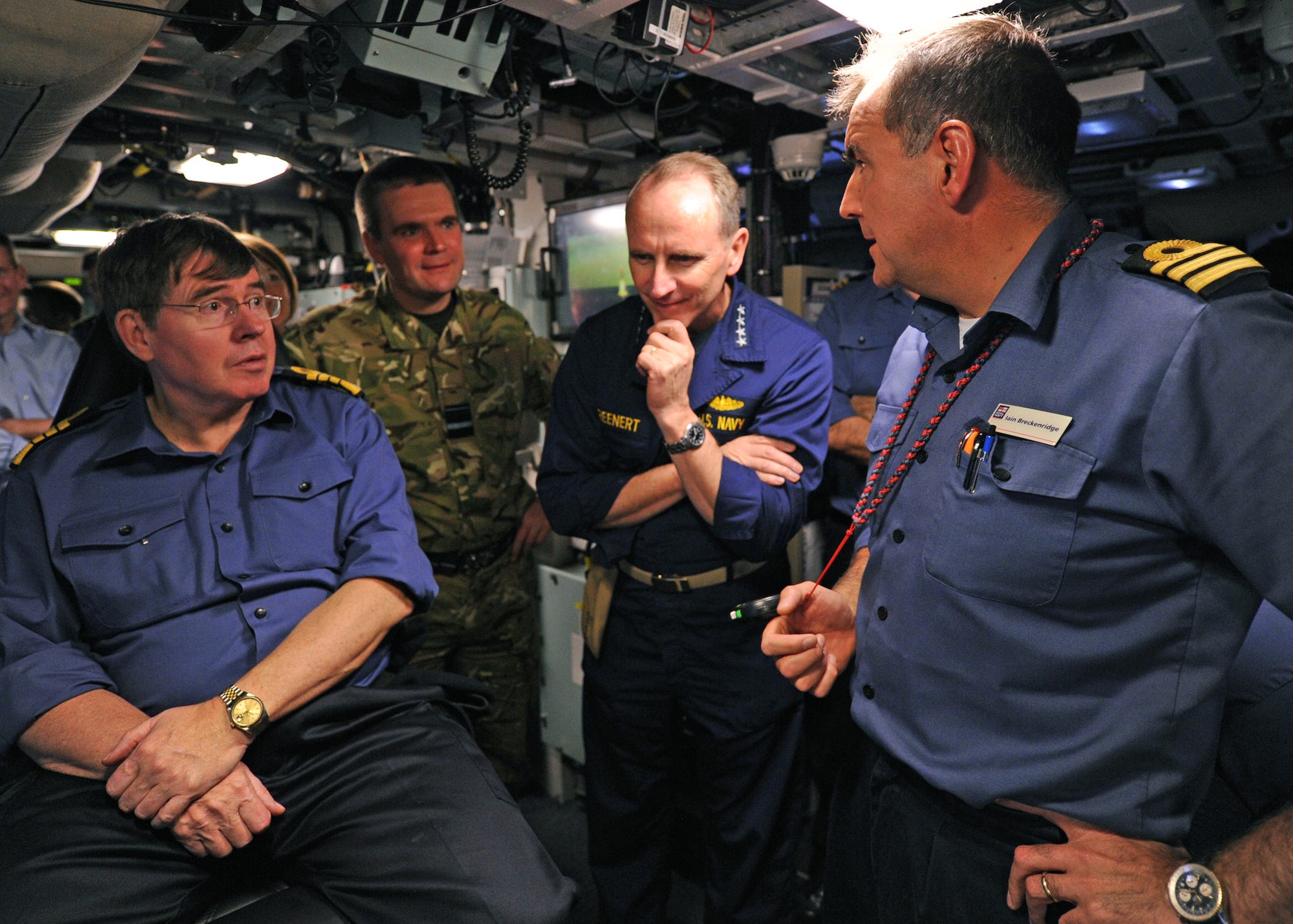
US Navy/MCS1 Peter D. Lawlor
Perisher candidates tend to be senior lieutenants or junior lieutenant commanders, depending on when they joined the Navy. They range in age from 29 or 30 years old to late 30s.
Once an officer becomes a principal warfare officer for submarines - normally their third sea job - their commanding officer will write both an annual appraisal and a specific report on their suitability to take the Perisher course. A selection board reviews all candidates' performance appraisals and compiles a list of officers eligible for the next cohort.
Lt. Cmdr. Paul Hayes joined the navy in 2007 as a warfare officer and became an executive branch officer for submarines in 2010. He had about six months to prepare for the grueling course and passed the test in spring 2021.
"I kept doing the job I was doing. That's preparation in itself," he told Insider. He also took advantage of a list of recommended reading and course material.
Hayes felt confident going into Perisher, but his self-doubt grew as the test wore on. He recalled a moment when he made a "tactically unsound decision" after sleeping poorly for several nights.
"I took the submarine in the wrong direction for a really lengthy period of time, despite some fairly good feedback from the people I was leading," he said. "I managed to turn it around in time and realize I was being a buffoon … [but] that sat with me for quite a while."
'Congratulations, captain'
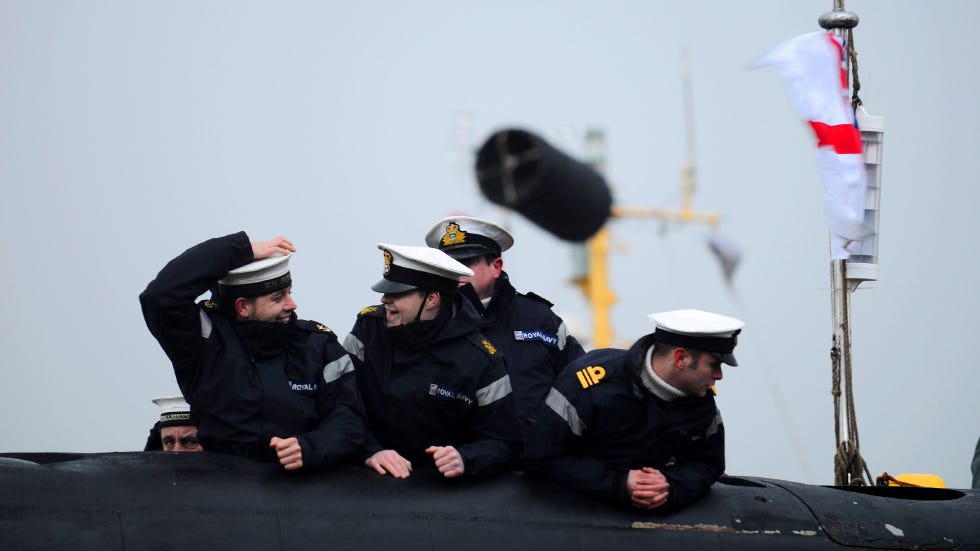
Royal Navy
At the end of the course, successful candidates are brought to the submarine's wardroom, where their teacher - and VIPs including Breckenridge, the boat's commanding officer, and the commodore of the submarine flotilla - have champagne ready to mark the big moment.
"Then the teacher holds out his hand and says, 'Congratulations, captain. Welcome to the club,'" Breckenridge said.
The phrase itself is a piece of Royal Navy history. Candidates who passed the course used to go on to command diesel-powered submarines. Now those who pass the course spend two to three years first as an executive officer - a boat's second-in-command - and then several more years in a shore job before being eligible for promotion and ready for command.
It's important to retain that expression to recognize the officer and their completion of a "viscerally demanding course," Breckenridge added. The majority of commanding officers are commanders, but the officer in charge of any Royal Navy ship or submarine is referred to as "captain" by their team, irrespective of their actual rank.
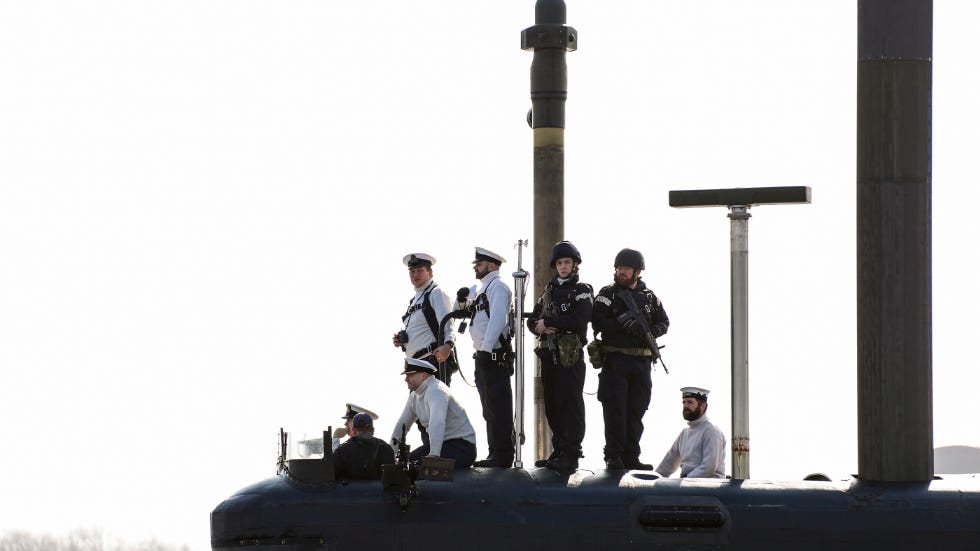
Royal Navy
Hayes recalled feeling ecstatic to receive the final handshake and as well as "an overwhelming sense of relief" that the course was over.
There's little time to recover afterward. Successful candidates receive their next submarine assignment along with the news that they passed the course.
"You're processing your next job while processing that you've still got one," Hayes said. His new job as an executive officer started the day after he completed the course.
The submariner community is notably tight-knit, but colleagues who pass the Perisher course in the same cohort develop a particularly strong sense of camaraderie, Hayes noted.
"You see people laid bare psychologically. Regardless of how you get on with that [person], that stays forever and provides a deeper sense of understanding," he said.
Real-world training

Royal Navy/POPhot Jay Allen
NATO allies, including Norway, France, and the Netherlands, have participated in Perisher courses in the past. French submariners have also completed the UK command course.
"Being part of the NATO club allows us to operate using common procedures," Breckenridge said.
In 2005, he completed the US Navy submarine command course - becoming one of only a handful of submariners who are dual-qualified in both courses.
While the subs and the equipment aboard were different from what is used in the Royal Navy, the skill sets being evaluated were the same. The US course "was as hard a test as the UK submarine test," Breckenridge said.
The spring 2021 Perisher course had a major addition: the Royal Navy's newest aircraft carrier, HMS Queen Elizabeth.
The service's fleet flagship was participating in a pre-deployment exercise with its support task group, made up of destroyers, frigates, and a blended air wing of UK and US F-35B Joint Strike Fighters.

Royal Navy/LPhot Phil Bloor
Working with the carrier provided "a great training ground" for the Perisher group, Breckenridge said.
The task was clear: "Can we get in, can we get close, can we get a picture, and can we creep away without being seen?" Breckenridge said. "The answer to that was - unsurprisingly, as far as I'm concerned - yes."
Historically, about two-thirds of Perisher candidates pass. That was the case for spring 2021, when three out of five candidates were selected for command.
There have been years where the pass rate was below 50%, which could lead to a dearth of available, command-ready officers several years down the line. On those occasions, former commanding officers have been brought back for a second tour.
Right now, the service has "just enough people through" to fill the required executive-officer slots, Breckenridge said.
Despite that balancing act, the course has to maintain its standards, Breckenridge said. "If you lower the standards, you're going to get a lesser standard at sea."
Vivienne Machi is an award-winning reporter based in Stuttgart, Germany. Her writing has appeared in outlets including Foreign Policy, Defense News, the Counter, and Via Satellite. Twitter: @VivienneMachi










